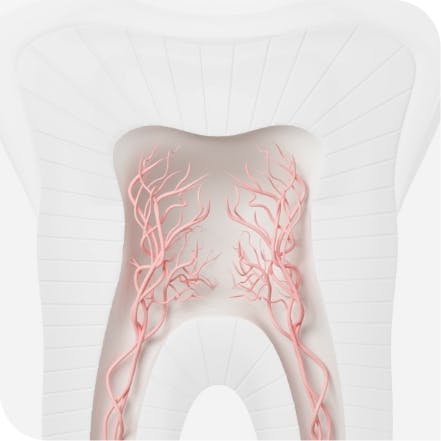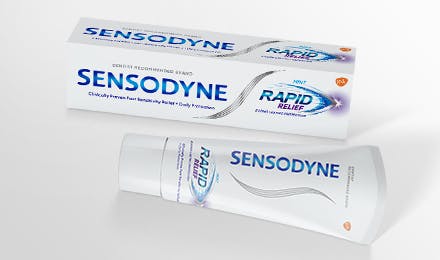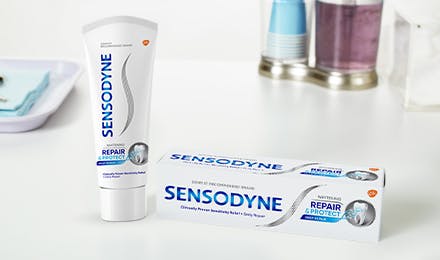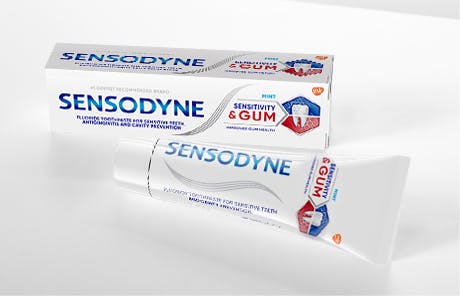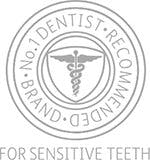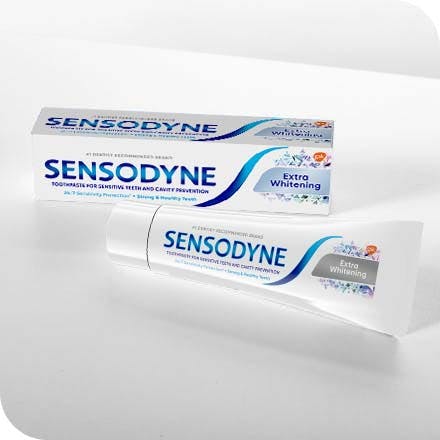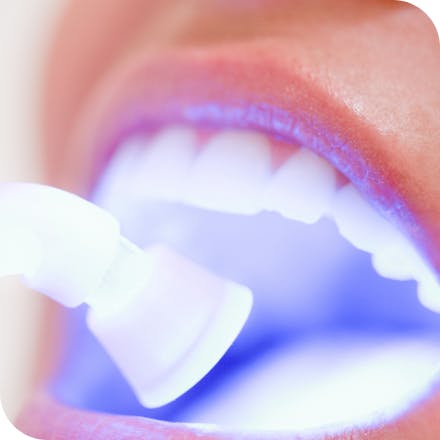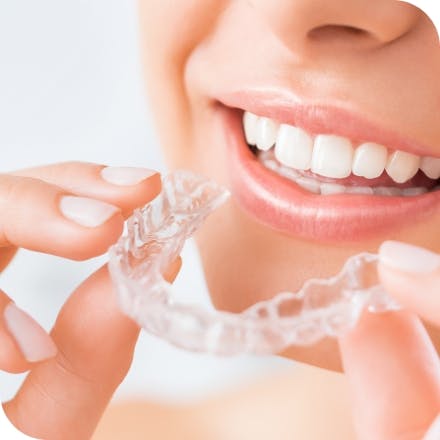Tips for Whitening Sensitive Teeth
Your daily diet can play a major role in the whiteness of your teeth. Certain foods and drinks may stain your teeth, as well as trigger sensitivity pain. That’s because tooth enamel can wear down over time and expose the porous surface underneath the tooth, allowing cold, hot, sweet or sour sensations to enter the tooth and cause sensitivity pain.
Check out the tips below to whiten your sensitive teeth and avoid teeth stains.
6 Ways to Protect Your Sensitive Teeth from Teeth-Staining Foods

1: Red Wine
Red wines such as cabernet sauvignon and merlot can stain teeth.
Tip: Help prevent discoloration by rinsing your mouth with water after drinking.

2: Coffee and Tea
Coffee and tea are common triggers for tooth sensitivity and are also high in chromogens—pigmented compounds that can cling to teeth.
Tip: Try adding milk to your coffee and tea to minimize their teeth-staining effects.
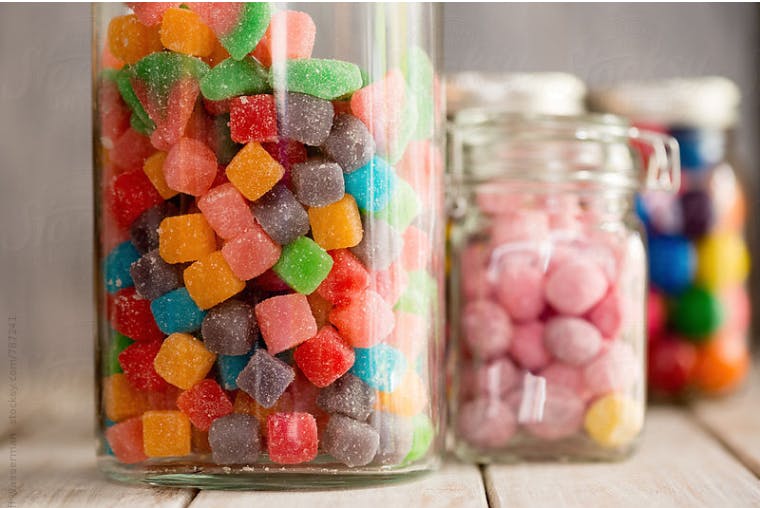
3: Hard Candies
Sugary sweets with food coloring can stain your teeth as well as trigger sensitivity.
Tip: Avoid brushing your teeth within 1 hour of eating sugary sweets.

4: Soft Drinks
Fizzy soft drinks, especially colas, can lead to acid erosion, which may thin enamel and cause the yellowing of your teeth over time.
Tip: Drink with a straw to avoid prolonged contact with your teeth.
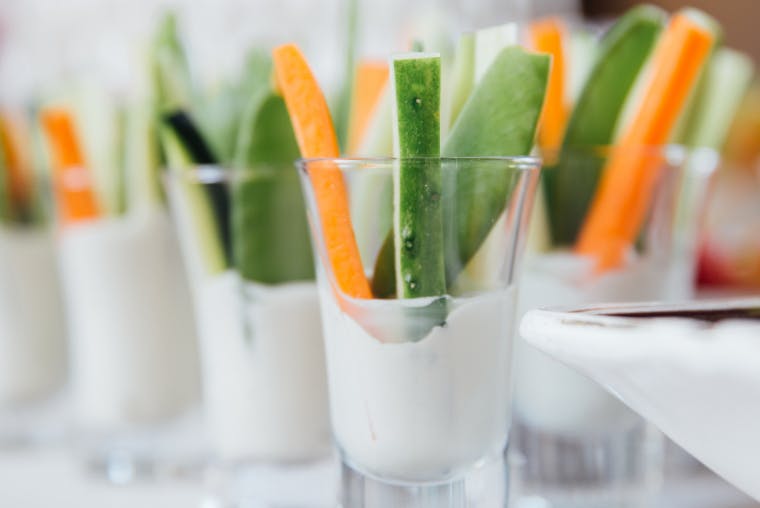
5: Eat Foods That Help Keep Teeth Strong
Incorporate more foods like cheese to help strengthen teeth as well as crunchy vegetables which are good for the surface of your teeth.
Tip: Celery, cucumbers and carrots are great choices.

6: Try a Gentle Whitening Toothpaste
Sensodyne Extra Whitening helps to remove surface stains for whiter teeth while also providing sensitivity relief and lasting protection when you brush twice a day, every day. For brighter whitening action, try Sensodyne Clinical White to whiten your teeth two shades lighter after eight weeks of twice daily brushing.
Tip: Use a soft-bristled or electric toothbrush because they are gentler on sensitive teeth.
